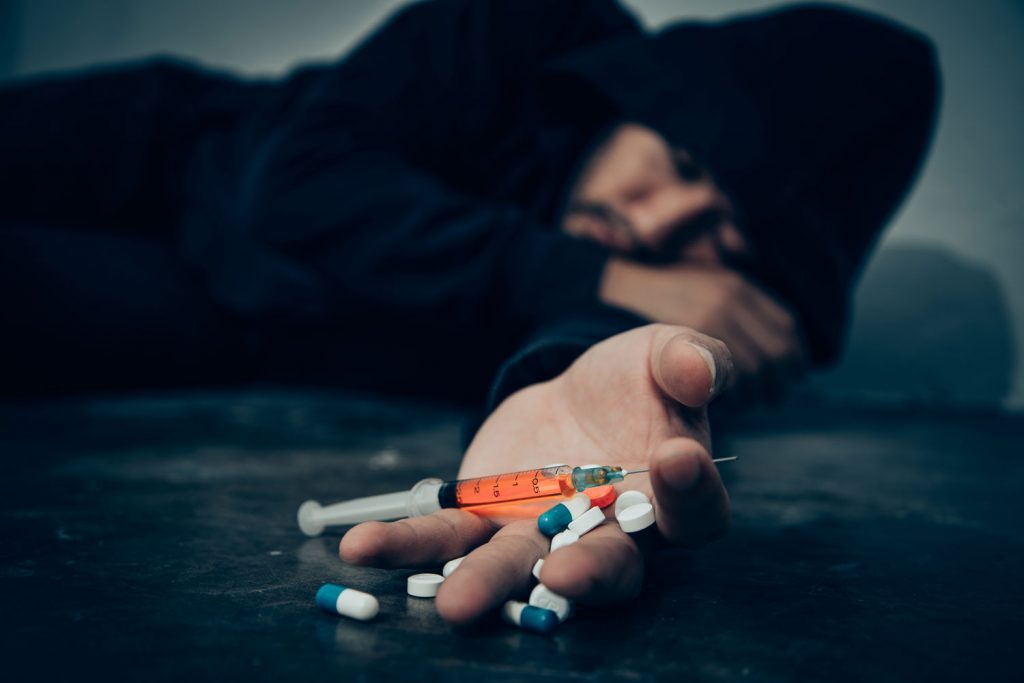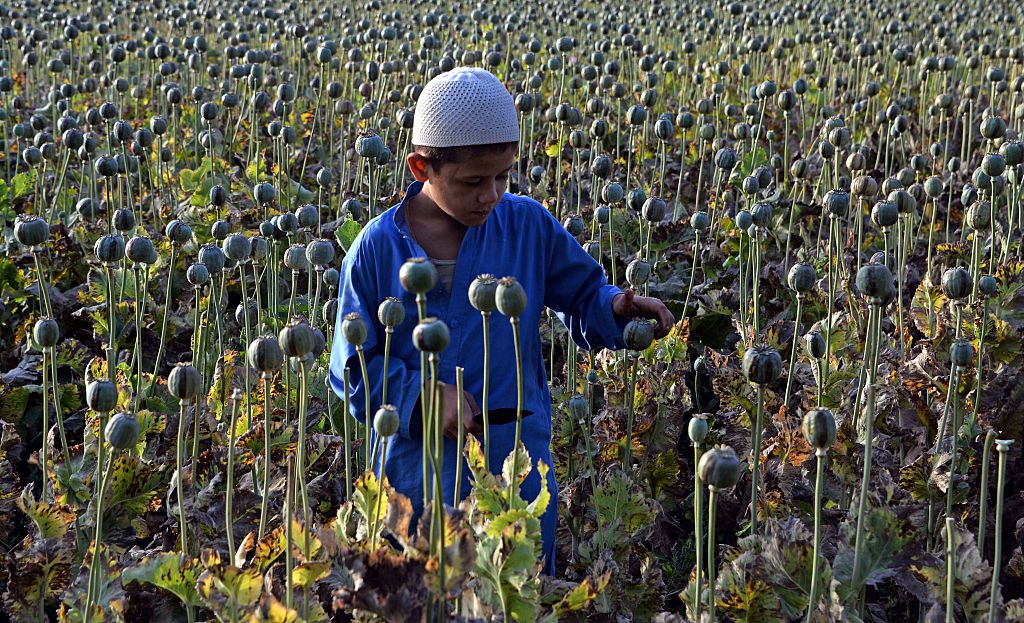Living with Addiction: What It Really Feels Like
If you have never been caught in the grip of addiction, it is almost impossible to truly grasp its depth and complexity. Every individual’s battle with addiction is shaped by personal history, emotions, and circumstances—no two stories are identical. This article aims to shed light on the inner world of those who struggle with addiction, not to label or judge them, but to create a sense of understanding and compassion.











